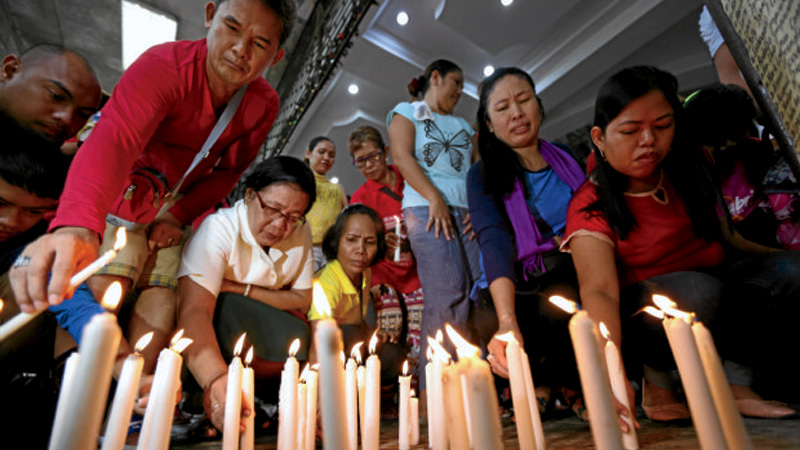‘Ondoy’ woke up Marikina residents
TROPICAL Storm “Ondoy” brought out the best of Marikina City, which now has one of the country’s best community disaster preparedness systems against flash floods.
A former official, however, of the Department of Science and Technology (DOST) that put together Project Nationwide Operational Assessment of Hazards (Noah) said residents could easily fall into the trap of complacency, given the “mantle of safety” provided by their now efficient early warning system.
“Ondoy is a classic case of resilience. When Ondoy happened, the [flood] alarm system didn’t work. But now we have a flood warning system. Now people respond to warnings,” former DOST assistant secretary Raymund Liboro said.
Liboro cited Marikina, one of the hardest-hit by the catastrophic flash floods caused by Ondoy, which used the experience to improve its flood warning systems.
With better weather reading and forecasting tools provided by the Philippine Atmospheric, Geophysical and Astronomical Services Administration and Project Noah, Marikina’s local government unit down to the barangay level has institutionalized its early warning system whenever Marikina River threatens to overflow.
The tools include rainfall warning formulated by Pagasa and the high-resolution flood hazard maps developed by Project Noah for the Marikina River and other critical river basins around the country that simulate flood scenarios to identify the areas in danger in case of heavy rainfall.
Article continues after this advertisement
7TH ANNIVERSARY OF ‘ONDOY’ Residents of Barangay Bagong Silangan in Quezon City light candles at San Isidro Labrador Parish Church to commemorate the seventh anniversary of the deadly flooding unleashed by Tropical Storm “Ondoy” in their community. (Story on Page A4) NIÑO JESUS ORBETA
“The decision support tools have been cascaded down to the barangays and the barangays have become adept at using Project Noah—from monitoring to warning to action. So Marikina is now the best practitioner of disaster preparedness. It’s become a model for other communities,” Liboro said.
“But the paradox is, the more resilient a community becomes, the higher the risk. Complacency sometimes kicks in,” he said.